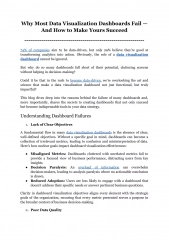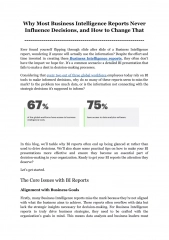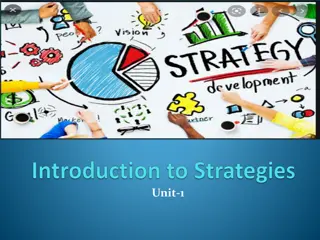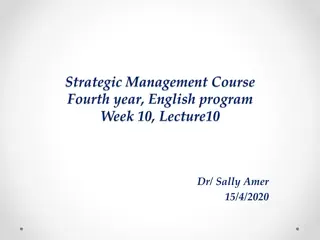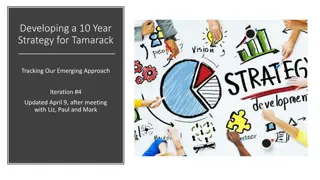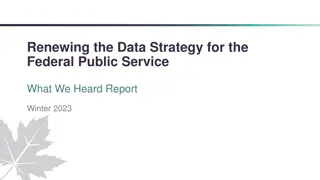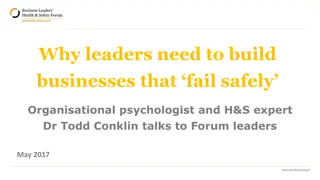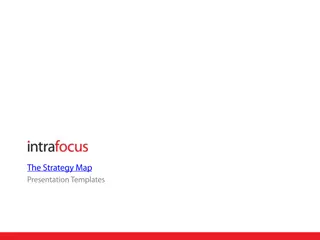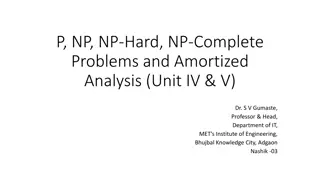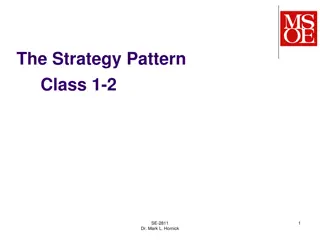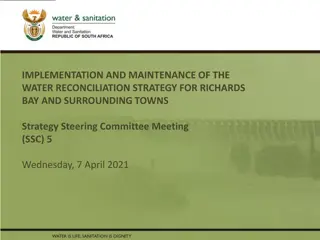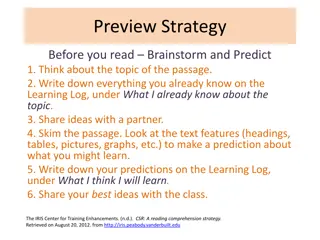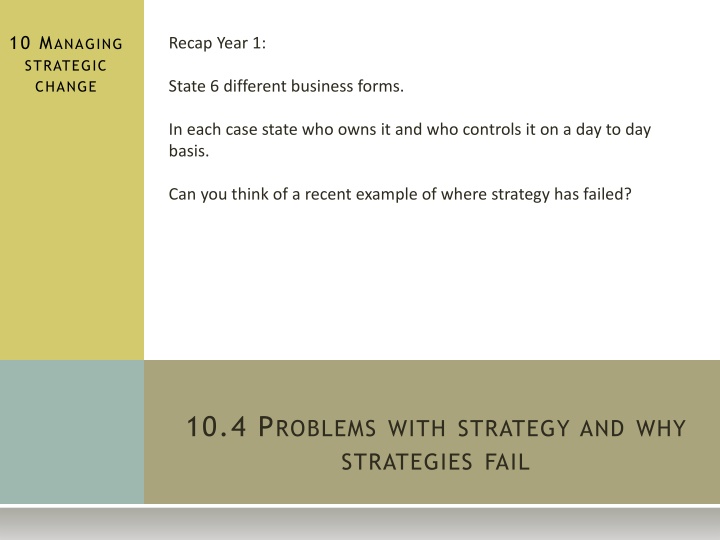
Strategic Change Management Challenges and Failures
Explore the complexities and failures of strategic change management, including issues with decision-making, emergent vs. planned strategies, and strategic drift illustrated by examples like Kodak's bankruptcy. Learn about ownership and control structures in different business forms and why strategies may fail due to unforeseen circumstances, changing environments, lack of knowledge, poor leadership, and more.
Download Presentation

Please find below an Image/Link to download the presentation.
The content on the website is provided AS IS for your information and personal use only. It may not be sold, licensed, or shared on other websites without obtaining consent from the author. If you encounter any issues during the download, it is possible that the publisher has removed the file from their server.
You are allowed to download the files provided on this website for personal or commercial use, subject to the condition that they are used lawfully. All files are the property of their respective owners.
The content on the website is provided AS IS for your information and personal use only. It may not be sold, licensed, or shared on other websites without obtaining consent from the author.
E N D
Presentation Transcript
10 MANAGING STRATEGIC CHANGE Recap Year 1: State 6 different business forms. In each case state who owns it and who controls it on a day to day basis. Can you think of a recent example of where strategy has failed? 10.4 PROBLEMS WITH STRATEGY AND WHY STRATEGIES FAIL
10.4 PROBLEMSWITHSTRATEGYANDWHY STRATEGIESFAIL In this topic you will learn about Difficulties of strategic decision making and implementing strategy Planned v emergent strategy Reasons for strategic drift The possible effect of the divorce between ownership and control The effect of the divorce between ownership and control to include corporate governance. Evaluating strategic performance The value of strategic planning The value of contingency planning
Difficulties of strategic decision making and implementing strategy Strategies are medium to long-term, they therefore always involve risk and uncertainty Difficulties include: Unforeseen circumstances e.g. a natural disaster Changing external environment e.g. sudden downturn in the economy or change of government Difficult to predict competitors actions or threat of new entrants into the market Changing nature of the global market Lack of knowledge or expertise Poor leadership Poor management of resources e.g. overspending on budgets Resistance to change by the workforce Brand dilution Why do big businesses make bad decisions?
PLANNEDVEMERGENTSTRATEGY Do you know where you want to be in 10 years? Planned strategy Emergent strategy Do you have a strategy to get there? Introduced with foresight Developed over time How likely is it your journey will follow this exact strategy? The strategy is the one the manager wanted to implement Responds to changes in the internal and external environment Provides a clear sense of direction Greater flexibility May create a feeling of mistrust amongst stakeholders due to frequent revisions leading to a lack of confidence Easily communicated However may lack flexibility Real world examples of emergent strategies.
STRATEGICDRIFT Kodak was once the world s 4th most valuable brand. Strategic drift occurs when a strategy fails to adapt to changes in the internal and/or external environment making it no longer fit for purpose Reasons for strategic drift include: Failing to keep up with changes in the external environment e.g. Technological advancements Changing priorities in society Competitive nature of the market Globalisation Failing to respond to changes in the internal environment e.g. What factors contributed towards bankruptcy at Kodak? Change of leadership Updated corporate objectives Change in size
DIVORCEOFOWNERSHIPANDCONTROL Divorce between ownership and control refers to the situation that arises when one group of people own a business i.e. the shareholders but a different group make the day to day decisions i.e. the managers The possible effect of this is conflict of interest, for example: Managers making decisions to maximise their self interest e.g. pay rewards at the cost of profit margins Short-termism v long-termism e.g. managers wanting to grow the business at the expense of immediate dividends to shareholders
CORPORATEGOVERNANCE Corporate governance refers to the formal policies and procedures that are instrumental in the running of a business Corporate governance at Coca-Cola.
EVALUATINGSTRATEGICPERFORMANCE Evaluating strategic performance involves measuring the quantifiable outcomes against the predetermined targets. However it can not ignore qualitative points. Questions asked could include: Has a business achieved its objectives? How has it achieved its objectives? Have objectives been met at the expense of CSR? If targets have been met but in a way that may be considered unethical then this affects the evaluation of the strategic performance of a business. An at all costs attitude should not be adopted.
STRATEGICPLANNING The benefits of strategic planning include: Clear sense of direction Throughout the hierarchy if communicated effectively Encourages accountability Prior consideration to key internal strengths and weaknesses of the business and external opportunities and threats Logical process Identifies and gives consideration to a range of strategic options Encourages progress to be tracked Allows for progress to be reviewed The process of planning the future activities of a business to help it achieve its objective and maintain a competitive advantage. However : May be too constraining if lacks flexibility Needs to be monitored and reviewed Requires resources Cannot predict the future Cannot deter the unexpected
CONTINGENCY PLANNING Contingency planning is the process by which organisations try to prepare for unexpected and potentially disastrous events Businesses have to be able to respond to change and change can be unpredictable What is a contingency plan? Crisis management is the manner in which an organisation responds to an unexpected and potentially disastrous event Rate each of the images and captions on the left side of the link in terms of probability. Should a cruise line company insure against the Loch Ness monster?
THEPROCESSOFDEVELOPINGACONTINGENCYPLAN Acceptance Preventative Measures Catalogue Possibilities Crisis Plan Business Impact Analysis may form an important part of this (see next slide) What contingency plans exist in your school or college? How do you test and review these? Testing Review
BUSINESS IMPACT ANALYSIS Potential threats What could go wrong? Probability How likely is it to happen? Estimated effect What will the cost to the business be? Financial and reputation Speed How quickly will it impact on the business functions? How quickly can the business respond? Mission critical functions Will it stop the business performing its main function?
CONTINGENCY PLANS Value Limitations Sense of security Costly and time consuming Limits damage Including opportunity cost Speeds up recovery process Needs reviewing Informs staff training Lack of predictability Preventative measures can be part of CSR
TERMINOLOGY Define the following terms: Strategy Planned strategy Emergent strategy Strategic drift Strategic planning Contingency planning Write one paragraph that includes all 6 terms above in a linked line of argument. Start your paragraph There are difficulties with implementing strategies
10.4 PROBLEMSWITHSTRATEGY ANDWHYSTRATEGIESFAIL In this topic you have learnt about Difficulties of strategic decision making and implementing strategy Planned v emergent strategy Reasons for strategic drift The possible effect of the divorce between ownership and control The effect of the divorce between ownership and control to include corporate governance. Evaluating strategic performance The value of strategic planning The value of contingency planning

